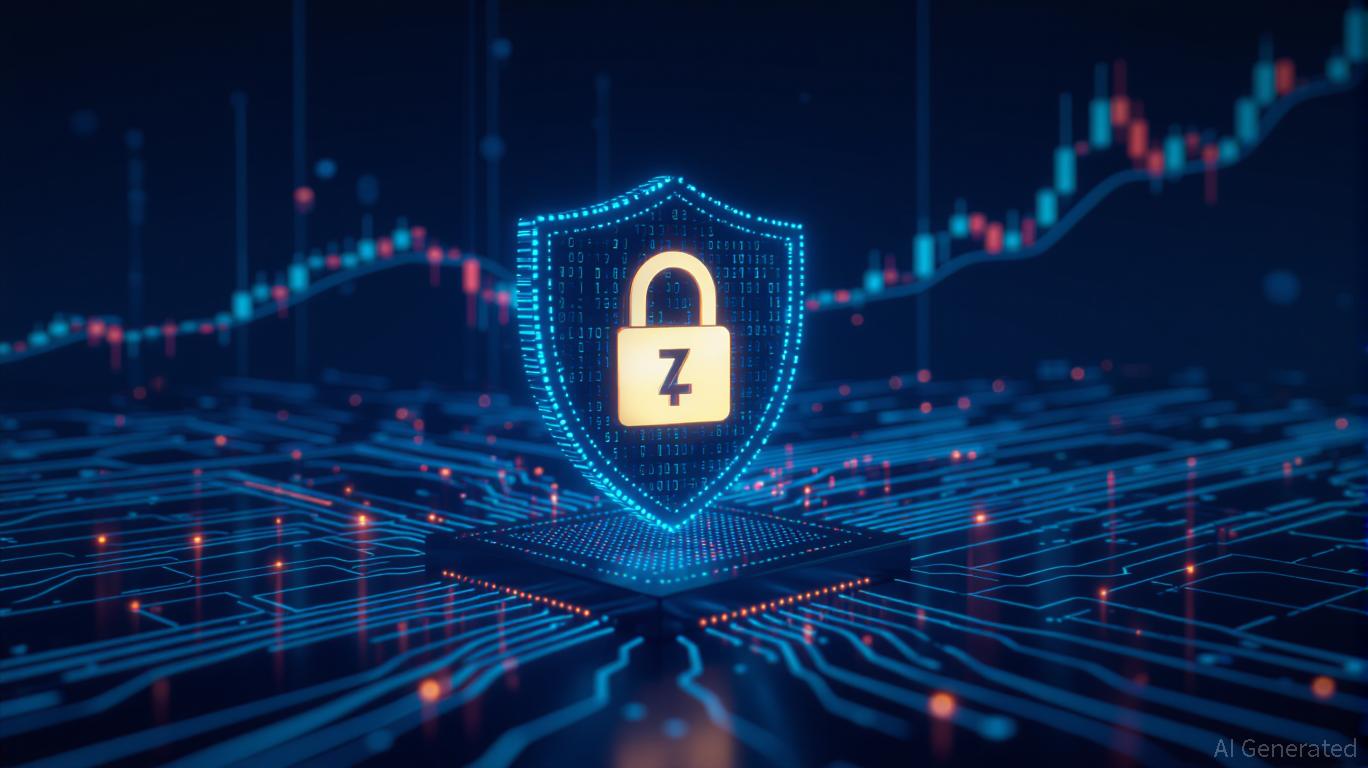Crypto Users Beware: This Method Is the Most Common Way to Get Scammed
Crypto exchange WhiteBIT has released its 2025 security report. According to the report, social engineering scams continue to be the biggest threat targeting crypto users.
According to the data, 40.8% of crypto security incidents this year resulted from users being tricked through fake investment opportunities or identity impersonation. In contrast, technical wallet attacks (e.g., using phishing, malware, or keyloggers) accounted for 33.7% of cases.
The report also notes that messaging platforms are prominent in scams. More than 10% of the cases involved so-called “scrolling scams,” where users are directed to fake channels. WhiteBIT stated, “While technology-based attacks are significant, the vast majority of threats target human behavior. Therefore, proactive protection is critical.”
As part of proactive protection, it is recommended to use two-factor authentication, use only trusted wallets and trading platforms, not share personal data, and carefully check the accuracy of URLs.
These findings also reflect general concerns within the industry. According to a Certik report, crypto crimes caused approximately $2.5 billion in total losses in the first half of 2025. Chainalysis, meanwhile, describes the Bybit hack, believed to have been carried out by the North Korea-linked Lazarus Group, as the largest crypto heist in history, with total losses estimated at $1.5 billion.
Disclaimer: The content of this article solely reflects the author's opinion and does not represent the platform in any capacity. This article is not intended to serve as a reference for making investment decisions.
You may also like
Bitcoin News Update: Clear Regulations Drive Cryptocurrency’s Shift Into a Mainstream Asset Category
- SoFi becomes first FDIC-insured bank to offer consumer crypto trading via app, enabling Bitcoin , Ethereum , and Solana transactions from protected accounts. - U.S. regulators advance crypto integration through OCC custody guidelines and SEC's Token Classification Framework, clarifying legal status of digital assets. - Trump's tariff policies triggered 2.4% crypto market cap surge to $3.5T, highlighting macroeconomic ties to crypto volatility and institutional adoption trends. - Challenges persist as HIV

Bitcoin News Update: Large Bitcoin Holders Accumulate During Market Dip While Individual Investors Exit Amid Fear
- Bitcoin whales accumulate 45,000 BTC weekly in 2025, signaling institutional confidence amid market correction. - Retail investors suffer $1.3B losses as prices fall below $110,000, creating stark market behavior divergence. - Institutional buyers absorb 29,600 BTC weekly, tightening liquidity and reinforcing $100,000 support. - Analysts warn of short-term risks if ETF inflows slow, but note whale accumulation patterns historically precede recoveries. - Market consolidation between $100,000-$107,000 and

ZK Atlas Enhancement and Its Impact on Layer-2 Expansion: Tactical Investments in Blockchain Infrastructure During Technological Advancements
- ZKsync's Atlas Upgrade (2025) introduces a modular ZK stack achieving 30,000 TPS with sub-second finality, redefining Ethereum L2 scalability. - Institutions like Citibank adopt ZKsync's Prividium for DeFi compliance, leveraging zero-knowledge privacy while maintaining Ethereum liquidity access. - $ZK tokenomics shift to utility-driven value via fees and staking, driving 30x trading volume growth post-upgrade despite TVL challenges. - Upcoming Fusaka Upgrade (Dec 2025) and enterprise partnerships positio

ZK-Related Cryptocurrencies See Significant Gains: What Factors Are Fueling the Latest Rally?
- ZK crypto sector surged in 2025, with Zcash (ZEC) rising 300% and hitting $7B market cap, driven by on-chain innovation and institutional adoption. - zkSync and StarkNet's scalability upgrades (43k TPS, $72M TVL) addressed Ethereum bottlenecks, while Zcash's hybrid privacy model attracted institutional investors. - Deutsche Bank , Sony , and UBS integrated ZK solutions for compliance and asset tokenization, supported by EU MiCA and U.S. SEC regulatory frameworks. - ZK-rollups projected to handle 60% of E

